
Heirloom Model T
By Steve Temple
Photos by Juan Lopez-Bonilla
Back in the day, aftermarket parts were mostly unheard of. You couldn’t just go to a local parts store for customizing your ride. It took ingenuity and hand fabrication to give it a special look and better performance.
Bruce Domeck’s ’24 T-bucket is a prime case in point. His father, Albert, found it back in the late ‘50s in pretty rough shape, as basically a parts car. Undeterred, he restored it to passable shape for many memorable trips.
“It’s been in the family a long time,” says son Bruce. “It got driven a lot.” As such, “It got used, restored, used again, restored again — and so on,” he laughs.
What follows is how Albert gave the T-bucket a really cool look with minimum expense. Fortunately, he worked as a machinist at a Ford factory, and could make many parts in his spare time, such as the Brooklands-style windshields, hubcabs, the water temp gauge’s “dog bones,” and fenders (using the metal from a 55-gallon drum).
He also lowered the chassis 6 inches by fabricating Z-plates that relocated the transverse springs. (Note how the front springs are at the base of the radiator, above the hand crank, when normally they’d be mounted underneath.)
The stylish boattail body was made out of plywood, with a streamlined shape like those old Model T racers. Then it was covered in vinyl, and trimmed with mahogany strips. Why vinyl?
Bruce says the plywood was a bit rough, and his dad didn’t want to smooth it out, so he just covered it up. The fabric was originally a bright yellow, but Bruce’s brother accidentally set the car on fire while welding, and gave the car a nice antique patina. That wasn’t the only mishap in the life of the car.
At the end of a long trip to Detroit from Kentucky, the rear end broke apart, but the Ford Museum graciously opened its doors so Albert could make repairs and get the T back on the road.
Another childhood memory of Bruce’s involved riding in parades in the hatch of the back deck. “I was pretty young and pretty small,” he recalls.
How well does the old ’24 inline-four run? Pretty good, since it has a Frontenac head that doubles the output from 20 to 40 hp. While the hand crank up front still works, Bruce prefers to use an electric starter instead. (That’s partly because the crank has been known to break arms when kicking back if not grasped correctly.)
The two-speed transmission lets the car get up to about 60 mph, dad Albert claimed. But Bruce qualifies that statement: “I was smart enough as a teenager not to tell him it would do 70 mph!”
Wise indeed, considering that the car has brakes for only the rear wheels, built into the transmission with cloth bands (now made of Kevlar, since the cloth only last about a 1,000 miles or so). Bruce says the handling isn’t all that great either — except in a straight line. With no shocks, the frame actually twists on turns, acting like a giant undamped spring, as Henry Ford originally intended.
On the whole, though, the car has been very reliable and fun to drive, especially considering its age. But the cockpit is tight, requiring a “fat man steering wheel” that swings outward to allow easier ingress.
While Albert didn’t race the car — to Bruce’s knowledge — he did do a few solo hill climbs. The upgrades were really more about giving the T-bucket that performance stance and style, just like customizing cars today. As one observer noted to his grandson at a street rod show, “This is the way they used to do it in the old days!”


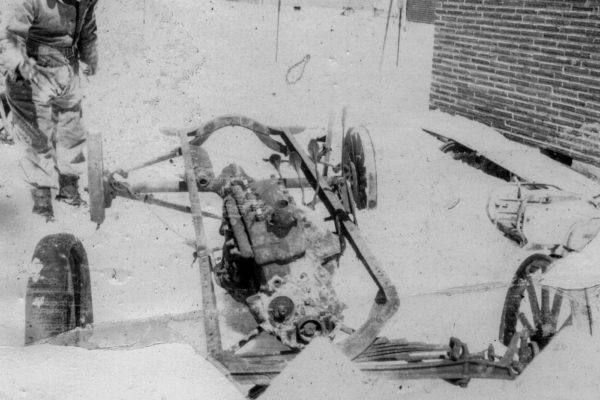
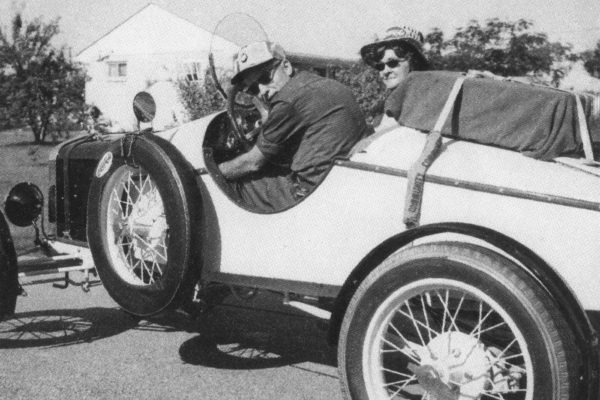
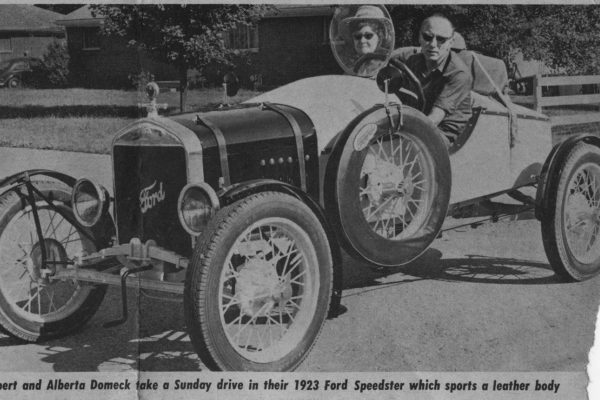
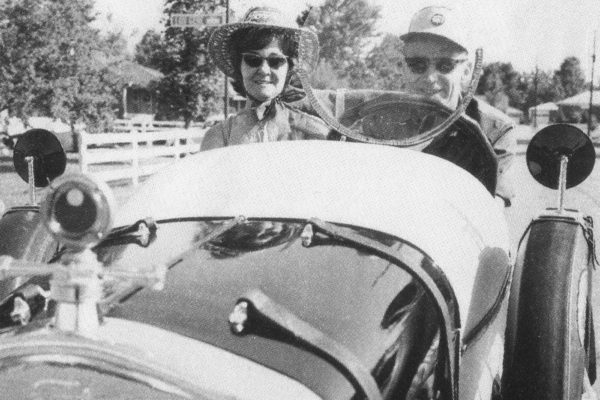
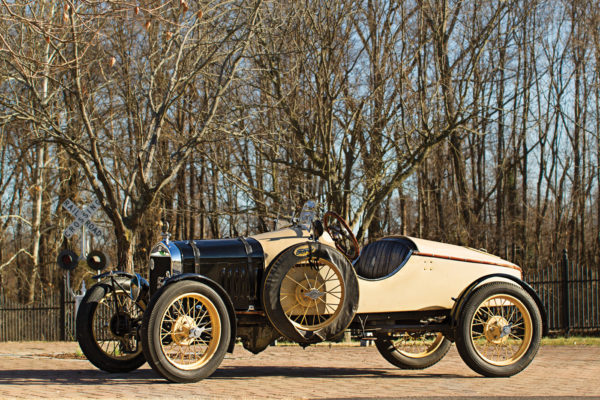
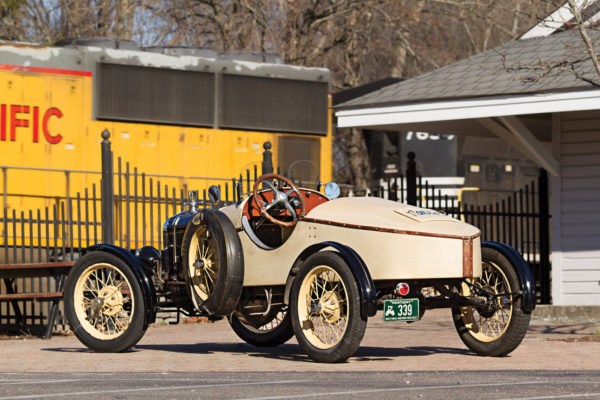
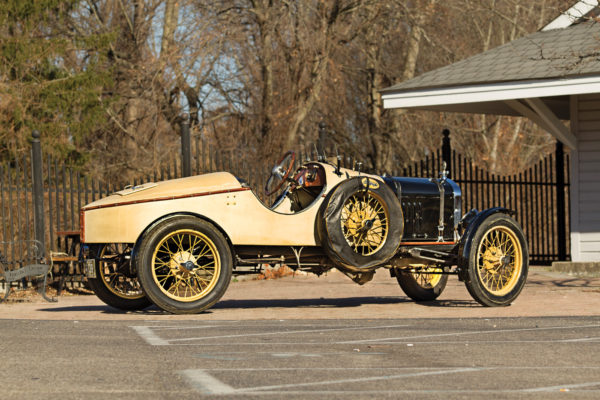


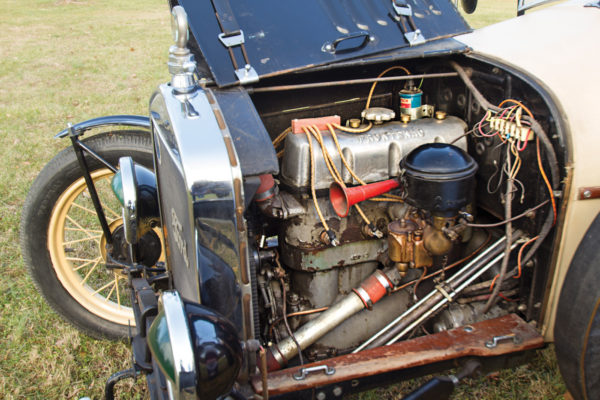

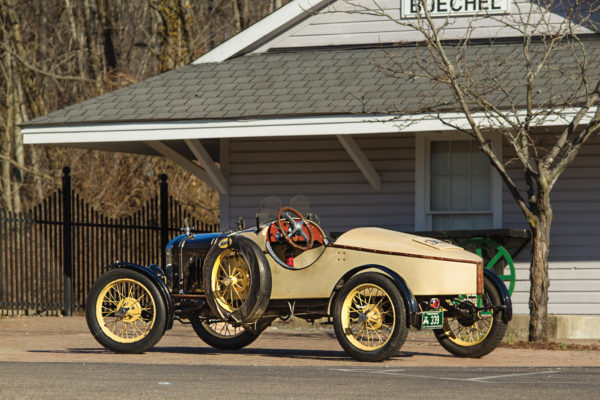


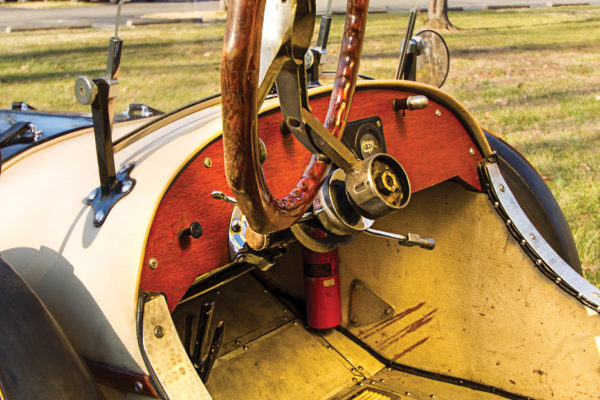



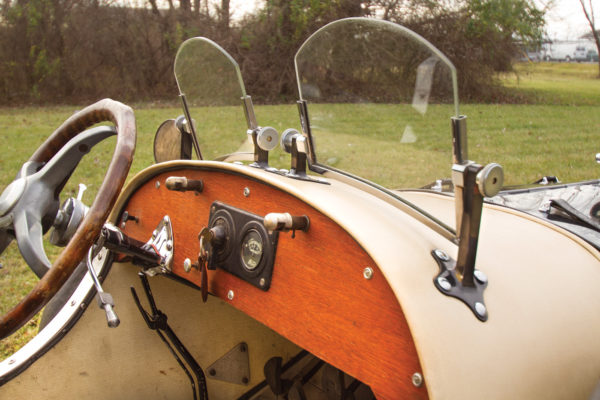

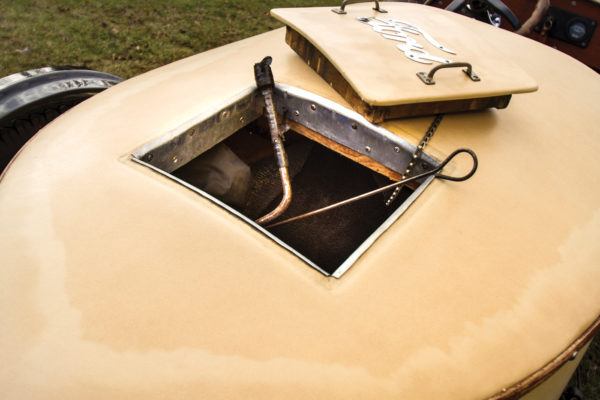

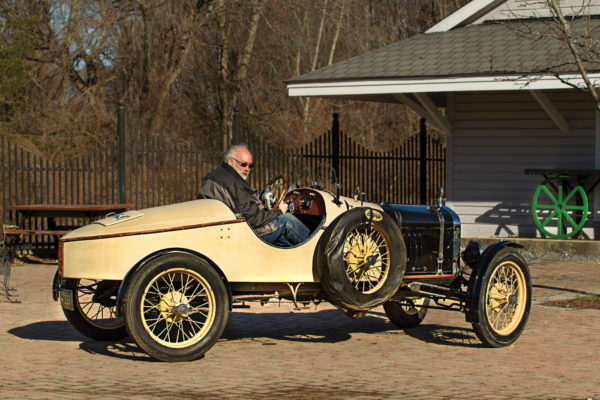
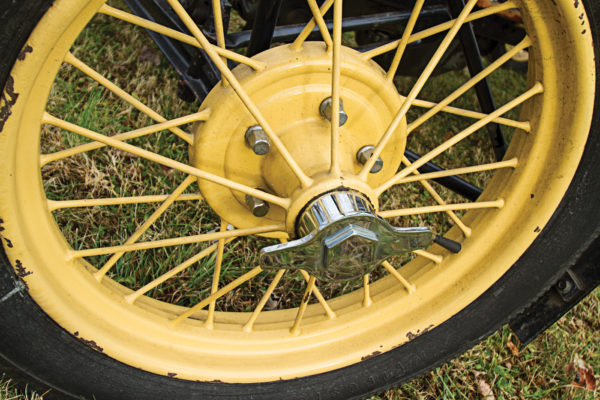
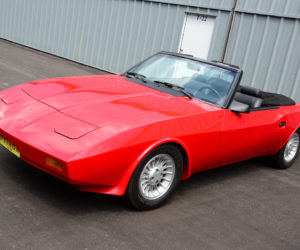


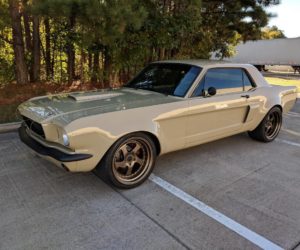
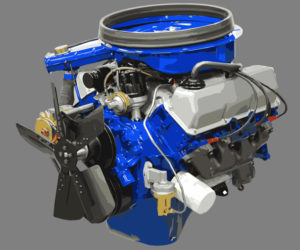
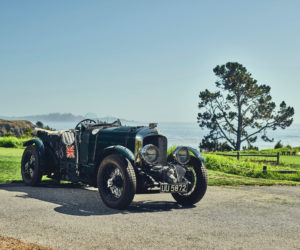




Comments for: Family Heirloom
comments powered by Disqus